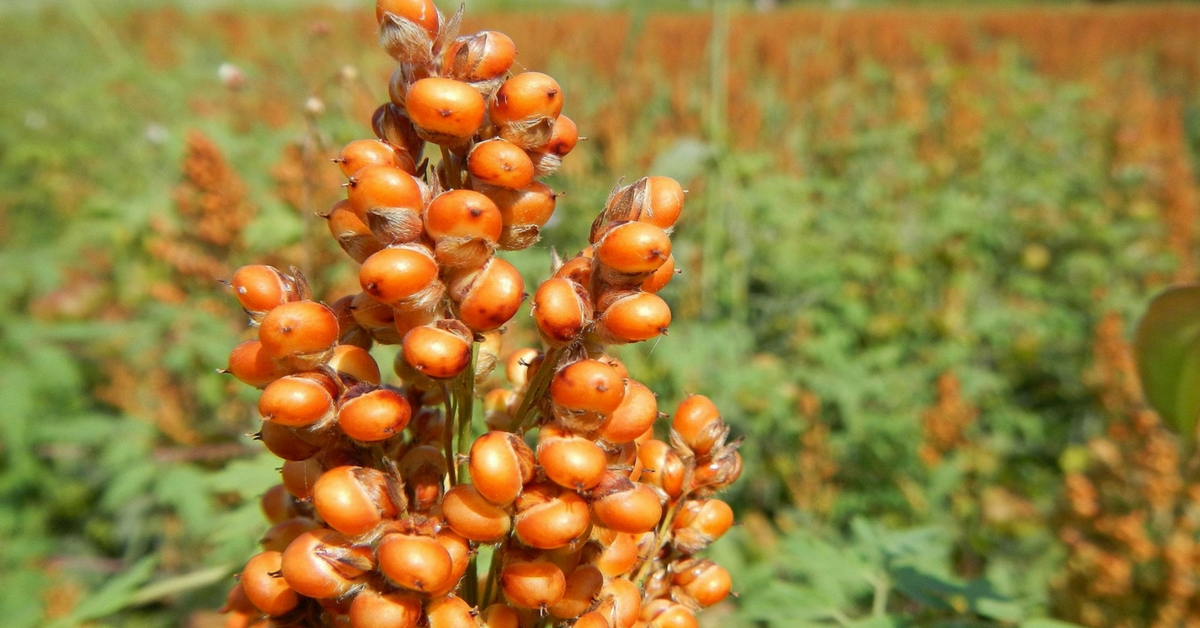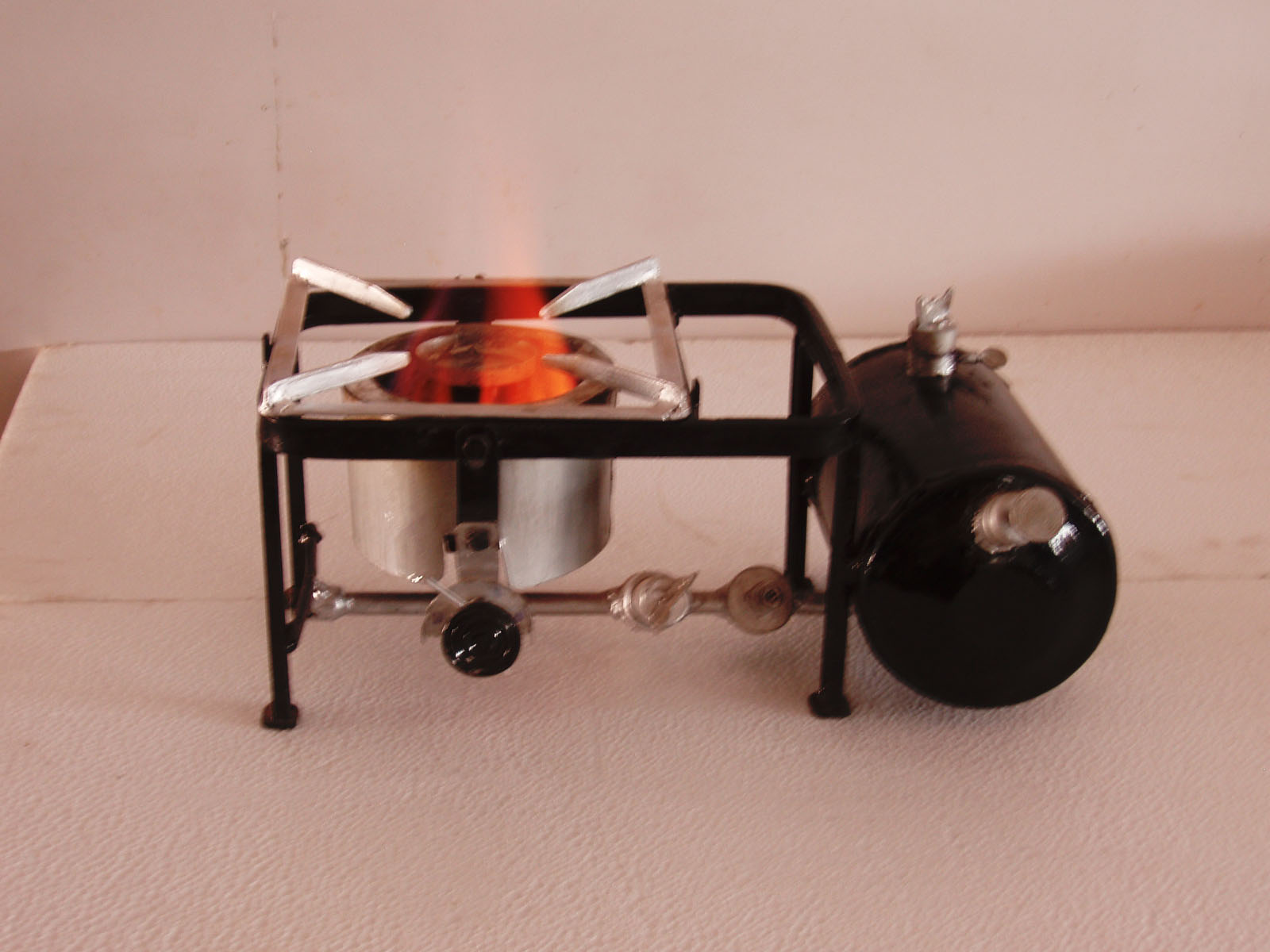TBI Blogs: Here’s Why Syrup Made from Sweet Sorghum Could Be the next Big Health Food
Many Indian farmers suffer from a food vs. fuel debate, where growing one kind of crop forces them to abandon the other. However, sweet sorghum is a unique agricultural product that provides food, fuel, and fodder, all from the same piece of land, increasing efficiency and revenue potential.

Many Indian farmers suffer from a food vs. fuel debate, where growing one kind of crop forces them to abandon the other. However, sweet sorghum is a unique agricultural product that provides food, fuel, and fodder, all from the same piece of land, increasing efficiency and revenue potential.
Sweet sorghum is a multi-purpose crop. It produces food (grain from its ear head); sugary juice from its stem, which can be either made into table syrup or fermented to produce ethanol; and the bagasse and leaves make excellent fodder for animals. There is no other crop which produces food, fuel, and fodder from the same piece of land.
Sweet sorghum was introduced into India by the Nimbkar Agricultural Research Institute (NARI) in the early 1970s. Cultivars of sweet sorghum were obtained from the U.S. and crossed with the local grain sorghum varieties such as Maldandi to produce a high stalk- and grain-yielding variety christened Madhura.
NARI started its program to produce high-yielding varieties of sweet sorghum for ethanol production in the early 1980s. Consequently, one of the largest programmes on sweet sorghum in the world was set up at NARI.
It included breeding, improving juice fermentation efficiency, solar distillation of ethanol, and use of ethanol for cooking and lighting in newly developed stoves and lanterns.

India’s archaic excise laws nipped the programme in the bud, despite its success. The existing excise laws do not allow use and storage of ethanol for household purposes. This prompted work on alternative uses of sweet sorghum juice, and NARI found converting it into syrup to be an attractive solution.
The Institute also developed technology for producing jaggery (unrefined sugar) and syrup from sweet sorghum. In the following years, the Institute assessed consumer response to these products by marketing them in limited quantities. Generally, the products’ reception was very positive and encouraging.
The syrup produced from Madhura sweet sorghum hybrid is excellent in taste and colour. One can use it as table syrup, in making biscuits and cakes, in Ayurvedic formulations, and as health food.
There is great demand for this syrup as health food, and NARI cannot supply enough of it. Besides, a recent study has also found that it has one of the highest levels of antioxidants of any food product available. The study showed that the quality of the sweet sorghum syrup was comparable to sugarcane syrup. It also revealed that sweet sorghum syrup is cheap to produce, possesses positive physical and chemical attributes, and has therapeutic potential.
Hence, one can safely predict that in coming years, its demand will increase as people become more health-conscious.

We also feel that a small-scale syrup-making unit can be a good business activity for a small farmer. However, for it to become economically viable, NARI needs to mechanize the syrup production (from stalk harvesting to syrup). Presently, it is very labour-intensive and requires a syrup maker with experience, an entity that is always in short supply.
NARI is therefore looking for developing technology to mechanize it, and capable engineers to do it. Called Bajaj Fellows, the engineers will help mechanize the production of syrup from sweet sorghum, helping produce it in enough quantity for sustainable delivery to the market.
Recently, NARI also came up with a high-yielding improved variety of sweet sorghum called Madhura-2.

This new variety is suitable for cultivation in both, Rabi (post-monsoon) and Kharif (monsoon) conditions. Large scale planting of the newly developed strain of sweet sorghum Madhura-2 in both Kharif and Rabi conditions may pave the way for establishment of sweet sorghum-based industry either for manufacturing of sugar derivatives or for bio-energy products like ethanol. Thus, with Madhura-2, farmers can produce sweet sorghum throughout the year, making it one of the most versatile and consistently available crops in India.
To know more about NARI’s work with sweet sorghum and other agricultural research, visit its website.
Featured Image Source: By Judgefloro (Own work) [CC BY-SA 4.0], via Wikimedia Commons
Like this story? Or have something to share? Write to us: [email protected], or connect with us on Facebook and Twitter.
NEW: Click here to get positive news on WhatsApp!
If you found our stories insightful, informative, or even just enjoyable, we invite you to consider making a voluntary payment to support the work we do at The Better India. Your contribution helps us continue producing quality content that educates, inspires, and drives positive change.
Choose one of the payment options below for your contribution-
By paying for the stories you value, you directly contribute to sustaining our efforts focused on making a difference in the world. Together, let’s ensure that impactful stories continue to be told and shared, enriching lives and communities alike.
Thank you for your support. Here are some frequently asked questions you might find helpful to know why you are contributing?


This story made me
-
97
-
121
-
89
-
167











